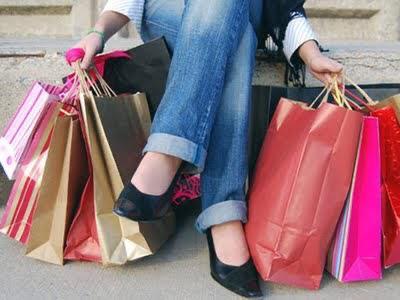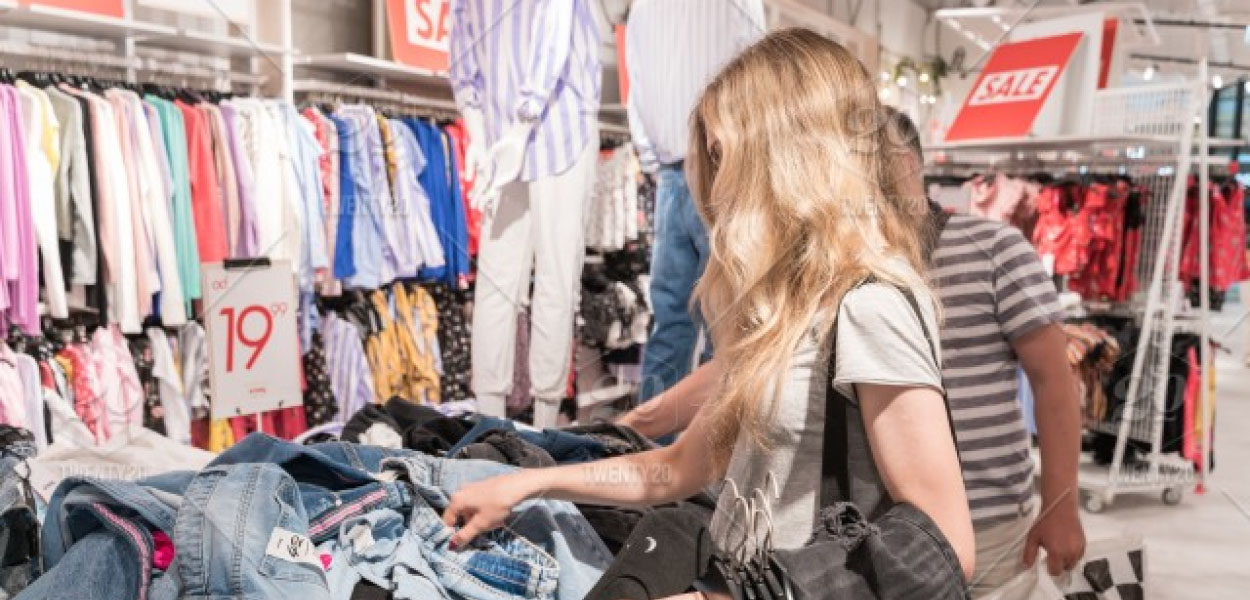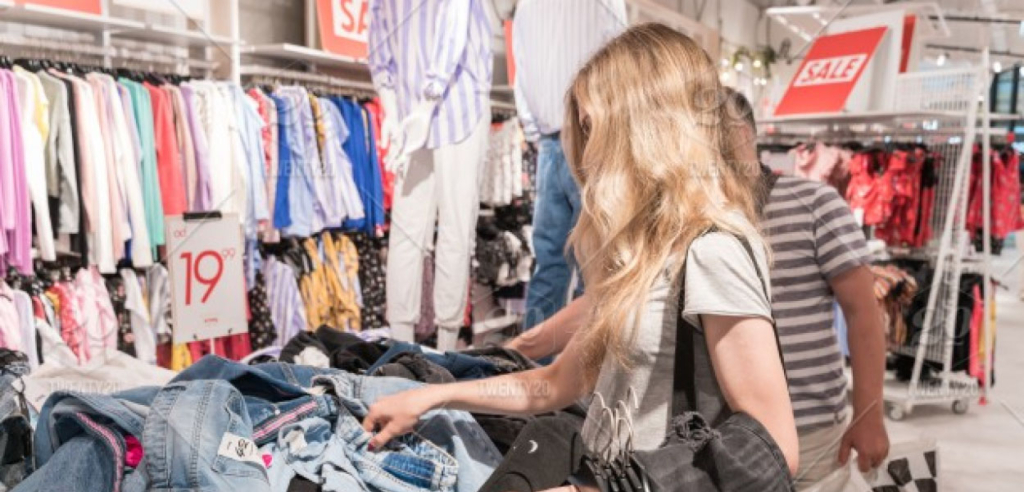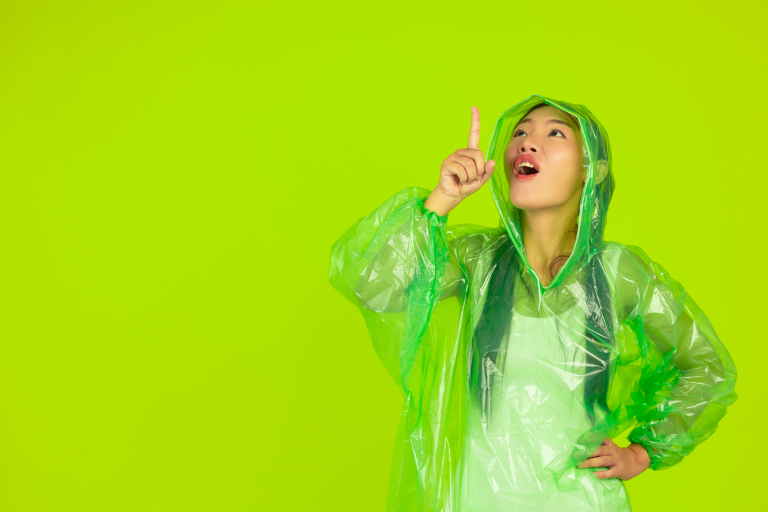The pandemic has lasted longer than anyone expected, and everyone’s looking for ways to save money in slow fashion. As the summer ends, many people are looking to buy new clothes for school, work, the new season, and many other reasons. However, people aren’t the only ones who took a hit financially, and many big corporations have been forced to put their clothes on sale to stay in business. While it might be tempting to take advantage of these unethical corporations’ sales, it is more moral, and in most cases cheaper, to buy from stores that practice slow fashion.
WHAT IS FAST FASHION?

If clothes are cheap, trendy, and made to be worn only a few times, then you can classify that as fast fashion. Most clothes chains participate in fast fashion, and they usually make their product through unethical means. They outsource to countries that pay their workers mere pennies for creating the clothes. On top of that, the amount of waste that comes from the fast fashion industry is astounding. However, many consumers still buy fast-fashion retail chains because they are conveniently low cost — even if they are aware of the fast-fashion industry’s negative impacts. Many people think slow fashion costs too much to be worth it. But, this isn’t always the case.
WHAT IS SLOW FASHION?
Slow fashion is a movement that focuses on how a product was created and how long that product will last. At the core of the movement are sustainability and ethical practices. The idea behind slow fashion is to buy high quality clothes that will last a long time.
Even though slow fashion clothes might be more expensive to purchase, you will ultimately spend less money, thanks to their high-quality and durability. While this idea is great in theory, it might not work in practice with how the fashion industry operates today. Fashion is all about what is trending at the moment, and whatever is trending is what consumers will buy.
The conflict of slow fashion is that trends don’t last forever, and it doesn’t make sense to spend a lot of money on something that won’t be in style for a year. However, as fashion changes, so does slow fashion. There is now a cheap way to get sustainable clothing. Many high quality clothes live a second life through secondhand sellers.
BUYING SECONDHAND CLOTHES IS EASIER THAN EVER

Thrifting and secondhand clothings are at the heart of sustainable fashion. It draws out the life of clothing by passing clothes around to various owners — much better than dumping that jacket you haven’t used in two years into the trash can because that is just a waste of resources.
By passing that jacket on to someone else, that person will no longer need to buy a brand-new jacket, therefore saving resources. Before the pandemic, the secondhand market was already projected to keep increasing, and now business is booming.
More people than ever are looking to save money by buying secondhand clothes. The main concern revolving around this is that the clothes might give people coronavirus. While it is a good idea to wash used clothes before you wear them, there has yet to be evidence showing that COVID-19 can be transmitted through objects.
Now you don’t even have to leave your house to find a good deal on used clothes. Websites like Depop, Poshmark, Marketplace, and vintage Instagram accounts deliver the clothes straight to you. However, there is always the risk that the seller might be lying about the quality or the sizing with online secondhand shopping.
Luckily, this problem is solved by many websites that compensate buyers when they don’t get the advertised product. Don’t be afraid to buy secondhand; the reward is way bigger than the risk. Another reason there has been an increase in people buying secondhand clothes is that there has been an increase in sellers.
The pandemic gave a lot of people the free time they needed to go through their closets and realize they can make some extra cash off the clothes they hardly wear. As a result, the secondhand clothing market has more variety than ever before, and this selection is growing by the day. There is bound to be something for everyone.
THRIFT STORES AREN’T AS LUCKY

Despite this boom in people buying secondhand clothes, thrift stores have seen a significant decrease in sales, even more so than other businesses affected by the pandemic. This is in part due to the misconception that thrift stores are “dirtier” than other stores, just because they sell used products. However this is often not the case, as many thrift stores have taken several measures to make their environment safer.
Just like the big chains do, they regularly clean all their surfaces and don’t allow customers to try on clothes. As said before, covid can’t be transmitted through clothes. So, if you are willing to go out and shop this holiday season, consider stopping by your local thrift store. It’s a great way to help a business in your community and not participate in the unethical world of fast fashion.
Instead, you can find designer clothes that will last you a lifetime at a ridiculously low price. See this panel, Fashion Is “Sustainability in Culture”, to find out more about sustainable fashion during the pandemic and make sure to check out our other blog posts for more great content! By Isabella LaPlant






